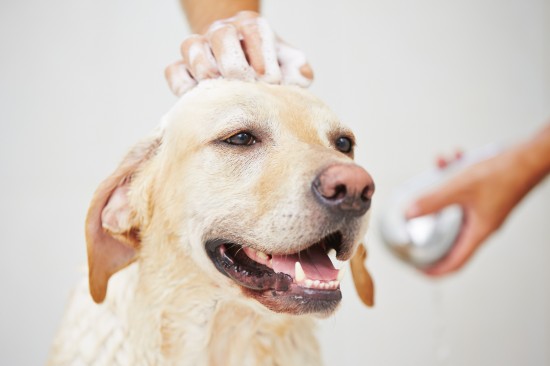
Whether using tap or well Water you are certain to run into something that your aquatic inhabitants are not going to appreciate including Metals, 燩hosphates, Nitrates, Chlorine and Chloramines (in so...
Whether using tap or well Water you are certain to run into something that your aquatic inhabitants are not going to appreciate including Metals, 燩hosphates, Nitrates, Chlorine and Chloramines (in some locations).?Tap water may work for a while however you can never be certain if you are not going have a disaster with your next water change.
You could also pick up water at your local water store however this is just RO water and typically has a TDS (Total Dissolved Solid) count of 2-10 depending on when the filters were changed.?Total Dissolved Solids (often abbreviated TDS) is a measure of the combined content of all inorganic and organic substances (like Red Slime) contained in a liquid in molecular, ionized or micro-granular suspended form. 牋This is great for drinking water and much better than tap water but still not the best for your reef tank.?You need the DI component to get your TDS down to zero.?Once at zero you can be fairly certain you are not contributing anything bad to your tank like the items mentioned above.?You are preventing nuisance algae and bacteria抯 that can cause a complete tank shutdown and when you look at the cost of all of your fish and corals it is approximately two hundred dollars or less well spent!
Get yourself a good 4-5 Stage RODI Unit, we sell them on our site for under $200 Canadian.?As far as maintenance goes you only need to change your cartridges about every 6 months although it is recommended to change the sediment filter every 2-3 months or when it appears dirty.?This will help extend the life of your reverse osmosis membrane.?The membrane is what squeezes out most of the bad stuff in the water and usually lasts about 2-5 years depending on the source waters starting TDS and carbo n dioxide content.?I have sold, used and recommended Filmtec抯 Membranes for about 6 years now without any issues and they will both outperform and outlast the competition.?An inline or handheld TDS meter will let you know when it is time to change your cartridges.
I have tried several different 10?Reverse Osmosis filter cartridges but none seem to compare to a good Purtrex Sediment filter mixed with KX抯 Matrikx CTO2 and Matrikx + 1 Carbon Block Filters.?As far as the Deionization is concerned purchase an inexpensive clear refillable canister and ?.25 pounds of DI Resin to fill it.?This will save you $15-20 every six months on the DI component.?There is absolutely no advantage in using prefilled, branded DI cartridges unless you work for the company that sells them.
Get yourself a quality RODI System and make water whenever you need it!?You can also make great tasting drinking water (just don抰 drink water after it goes through the DI Canister).?You can purchase a y splitter for a few dollars to bypass the DI Canister.?
The benefits of using RODI water in your reef tank are too great to ignore and you will definitely save money in the near future.
 Where To Bathe Your Dog
Where To Bathe Yo
Where To Bathe Your Dog
Where To Bathe Yo
 Worming Chickens - Worms And How They Affect Your Chickens Health
Worming Chickens
Worming Chickens - Worms And How They Affect Your Chickens Health
Worming Chickens
 The Komondor And Known Health Issues
The Komondor And
The Komondor And Known Health Issues
The Komondor And
 Caring For Lined Seahorses (hippocampus Erectus)
Caring For Lined
Caring For Lined Seahorses (hippocampus Erectus)
Caring For Lined
 The Border Terrier, A Dog With Very Few Health Concerns
The Border Terrie
The Border Terrier, A Dog With Very Few Health Concerns
The Border Terrie
Copyright © 2005-2016 Pet Information All Rights Reserved
Contact us: www162date@outlook.com